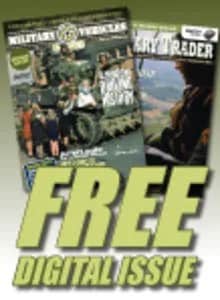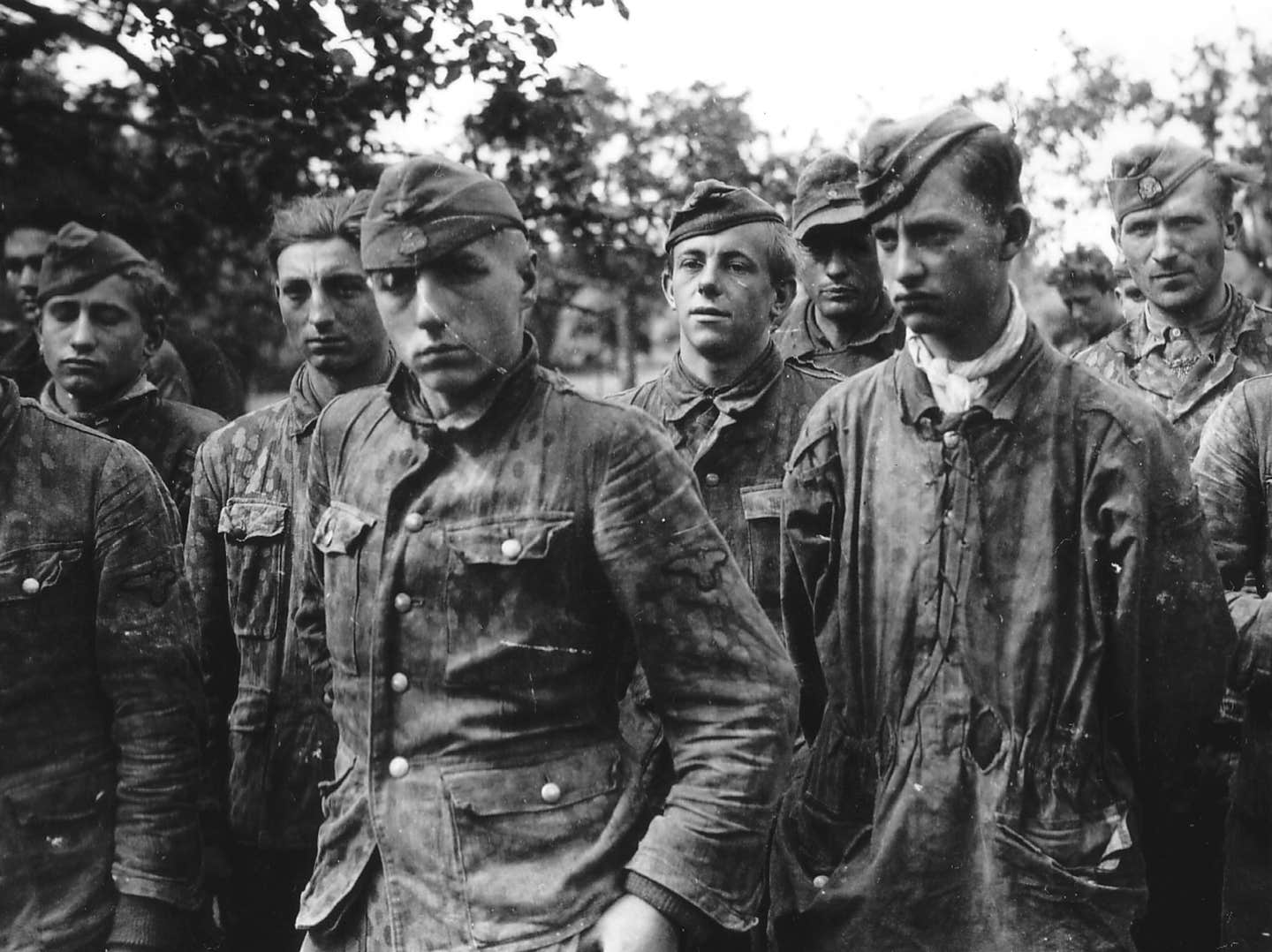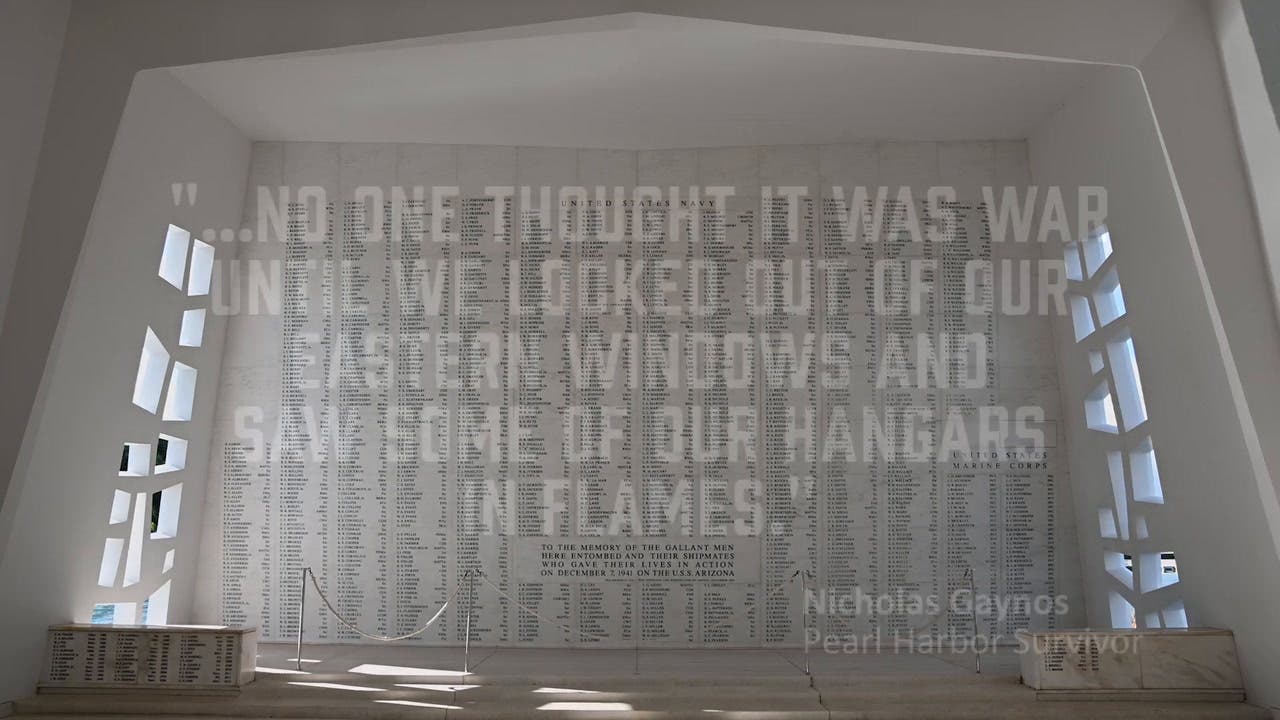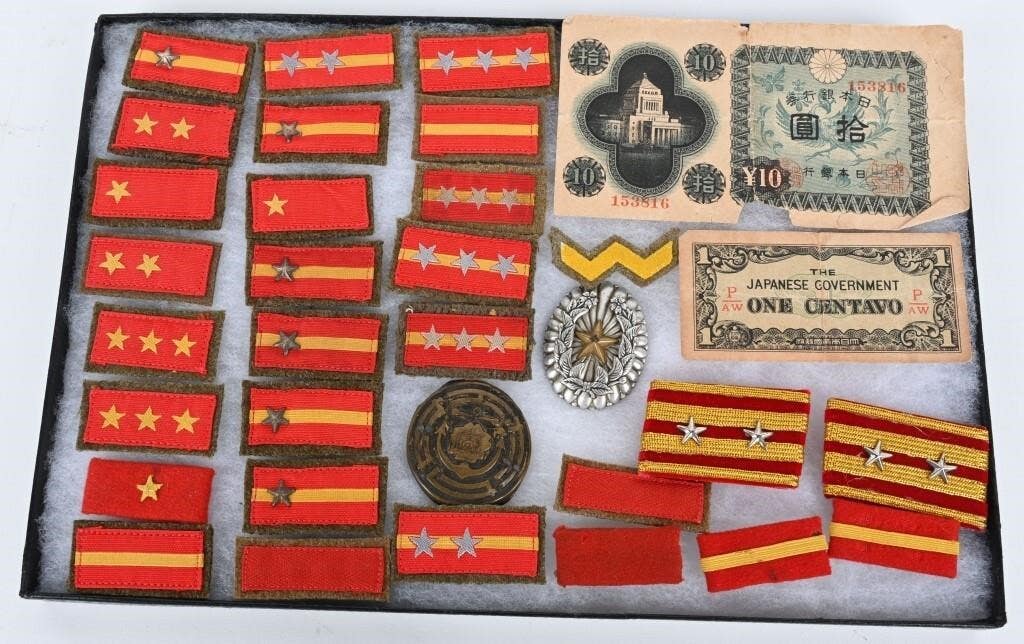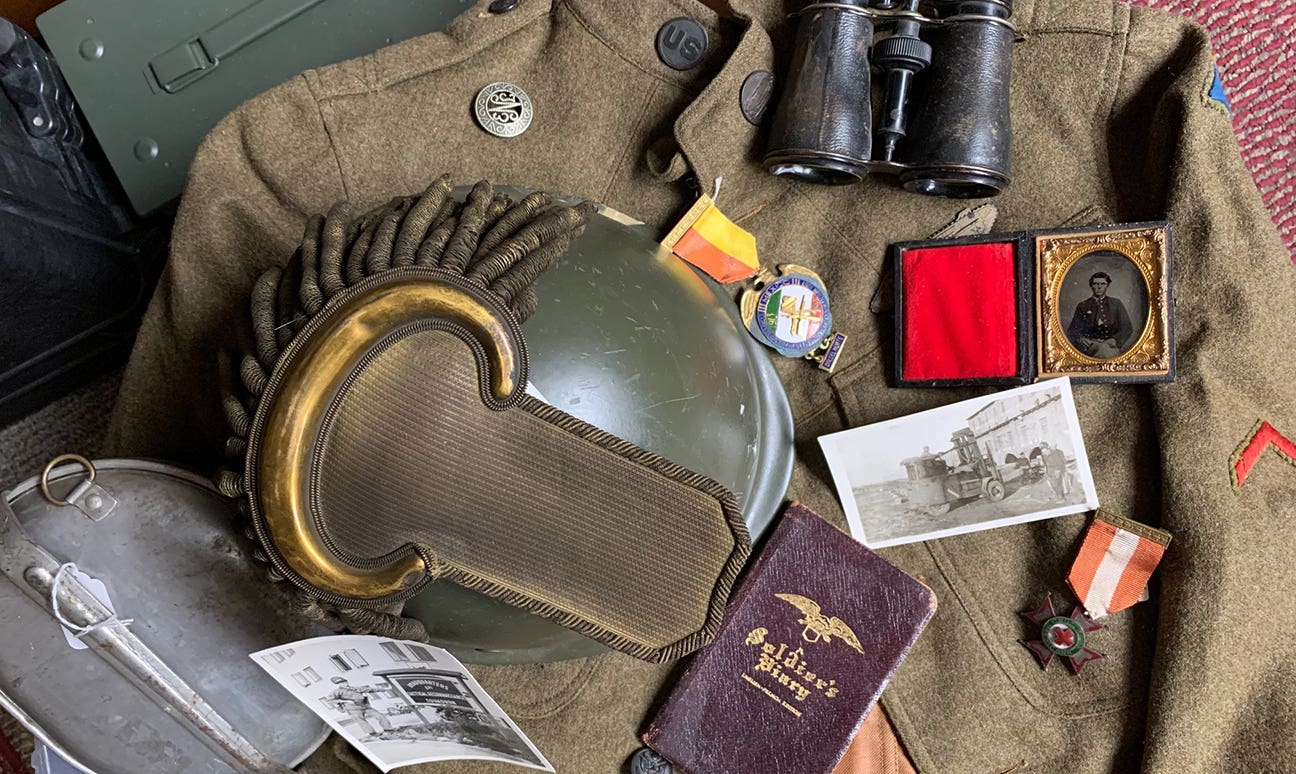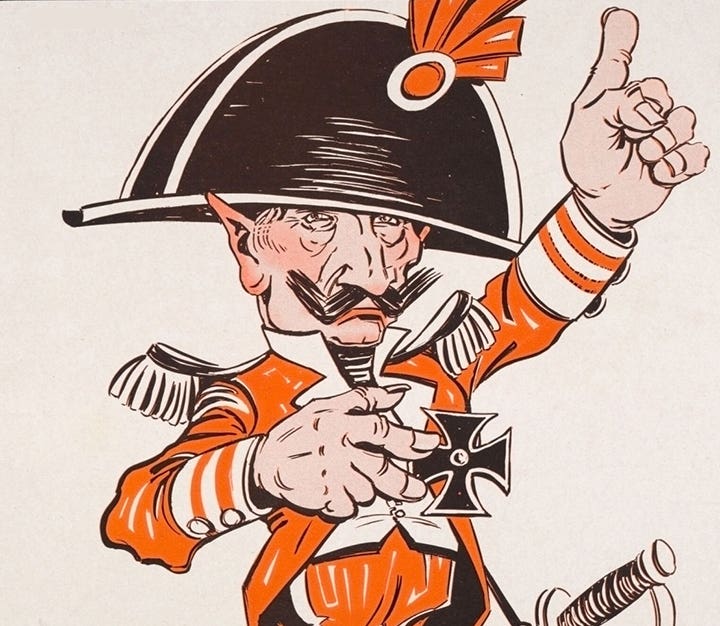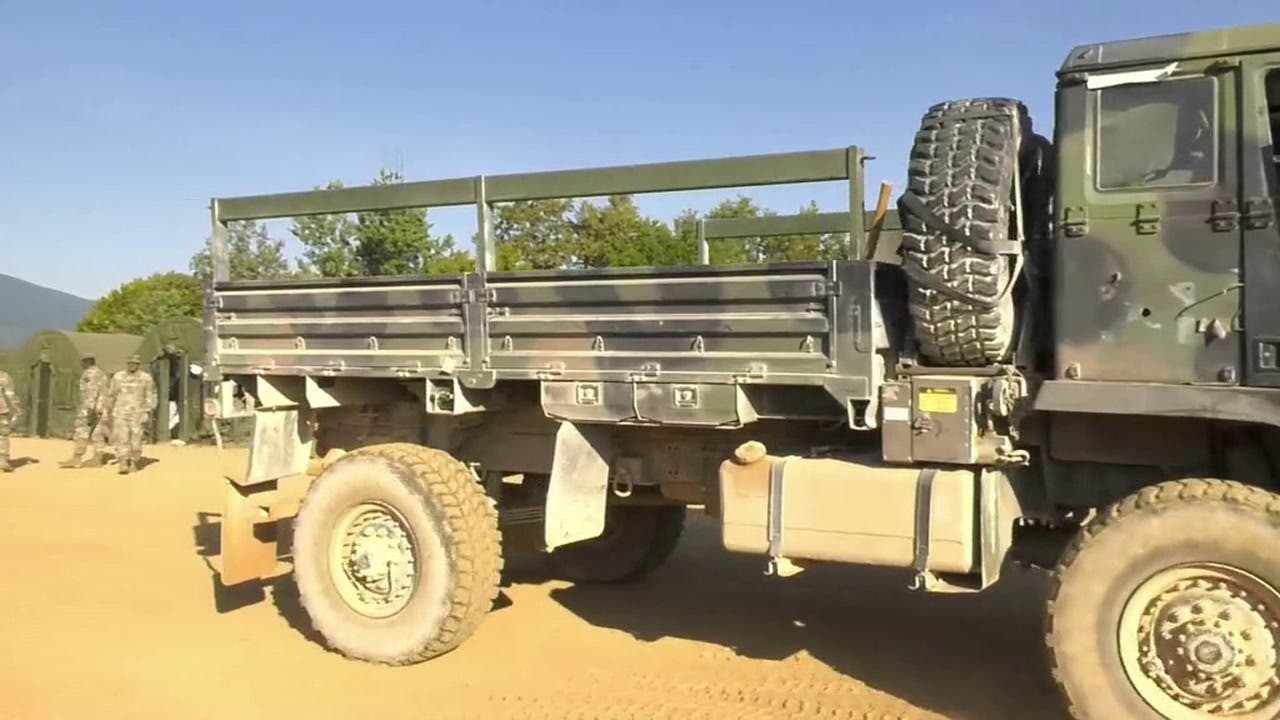The Boy Major Who Was a Major Role Model
Some historians say that in time of social turbulence, people embrace fads to establish a sense of control and order. I admit, during the 1970s when Vietnam, civil unrest, and…
Some historians say that in time of social turbulence, people embrace fads to establish a sense of control and order. I admit, during the 1970s when Vietnam, civil unrest, and gas shortages filled the papers and evening news, I was prone to latch on to a few of the popular crazes to feel in control of my destiny.CB radios? “10-4 good buddy." I polluted the airwaves as "Stonewall."Streaking? Well, only once…and not to any good result that I care to share with you. And, “Wanna be sedated?” By the end of the decade, I had fully embraced the Ramones, The Clash, and more than a small dose of Blondie. But before that musical revolution, I grabbed hold of one fad much stronger than all the others: Reincarnation.
Granted, reincarnation — in its fullest sense — is hardly a craze. After all, it is the cornerstone of many religious beliefs. But in the United States in the early 1970s, a lot of people were warming up to the idea of having had more interesting existences in past lives.
The increase in Western belief of reincarnation can probably be credited to the Beatles and their guru, Maharishi Mahesh Yogi. The Maharishi had introduced a generation to transcendental meditation and Eastern ideas of reincarnation. But I wasn’t interested in the Maharishi or his teachings. In fact, during the summer of 1974, after I had just finished reading The Life of the Gallant Pelham, by Phillip Mercer. Enamored with the "Boy Major," I really wanted to believe I was the reincarnation of one of the toughest, smartest, most daring, and clever artillery officers of the Confederate army — Major John Pelham.
Described as, “baby-faced and fair skinned,” Pelham appeared to me as my 1860s Doppelgänger! Some of his contemporaries said he was “too pretty to be a soldier.” Boom! I surely must have lived my former life as Jeb Stuart’s artillery commander!
Struggling for a sense of place as the youngest of five and geekiest of a class of 25, I grabbed hold of John Pelham’s life with the steadfast grip of a Federal-facing artillery soldier holding his rammer!If I was going to matter in a small town in Minnesota, I needed a big story.And boy, did Pelham provide one.
With the Battle-Cry on His Lips
Born on September 7, 1838 (coincidentally, I was born on September 6), John Pelham was an Alabama native, an excellent horseman, and quite the dancer (do you see the uncanny similarities?). He entered West Point Academy, distinguishing himself as one of the brightest and most promising students of the Class of 1861.
Southern states had seceded from the Union, and like all of his classmates, Pelham was eager to get into the fray. Faced with staying to finish his studies or put all of his training into action, Pelham made the difficult choice. With just a few weeks until graduation, he resigned from the Academy to accept a commission in the militia of his home state of Alabama. He went to Virginia to join the Confederate Army of Joseph E. Johnston as a lieutenant in the artillery. Pelham’s well-drilled and disciplined battery caught the eye of James Ewell Brown (“JEB”) Stuart. Stuart planned on a highly mobile force of cavalry that would be supported by equally mobile artillery. Stuart provided horses for the Pelham’s men and transformed the battery into “horse artillery.”
Attached to Stuart’s command, Pelham and his artillery were involved in every major military engagement of Stuart’s cavalry from the First Battle of Bull Run to Kelly’s Ford — more than 60 encounters. Elevated to the Chief of Stuart’s artillery, Pelham distinguished himself on September 17, 1862, during the Battle of Antietam (Sharpsburg). That morning, Pelham chose a spot to deploy his guns on a rise known as Nicodemus Hill. From this vantage point, he was able to continually harass the flanks of the oncoming Union infantry. His incessant bombardment caused numerous casualties and scattered several Union formations. Lt. Gen. Stonewall Jackson wrote in his report after the battle, “It is really extraordinary to find such nerve and genius in a mere boy. With a Pelham on each flank, I believe I could whip the world.”
Later, during the Battle of Fredericksburg in December 1862, Pelham daringly positioned his guns well in advance of the main Confederate lines. His firing held up the entire flank of the Union Army of the Potomac for several hours, enabling the Confederates to repel a series of strong attacks. General Robert E. Lee commended Pelham in his official report for “unflinching courage” while under direct fire from multiple Union batteries. Pelham had commanded the only two guns of his battery that were serviceable. For a time, that small, 2-gun battery enfiladed the entire advancing Federal line of battle!
A few months later, on March 17, 1863, one of Stuart's key brigadier generals (and nephew of Robert E. Lee), Fitzhugh Lee sent about 800 troopers to Kelly's Ford, Virginia, to block a Union advance. Jeb Stuart happened to be at Lee's headquarters that day, attending a court-martial. He decided that he and his chief of artillery, Major Pelham would ride out to witness what would surely be a clash of Union and Confederate cavalry.
When they arrived, the fight was in progress — Lee's troops faced a well-positioned artillery battery and struggled against 2:1 odds. The fight seemed so dire, that they even witnessed the first Confederate cavalry regiment (the 2nd Virginia) to flee in the face of a Union charge.
As Lee struggled to reform his five regiments in a line abreast, the 3rd and 5th Virginia Cavalry regiments ran parallel to a stone fence, hoping to find a gap in it. Pelhman couldn't resist the opportunity to participate and rode forward to lead the two regiments through a gate he had spotted. Standing up in his stirrups, he urged the Virginians to “Press forward, press forward to glory and victory!”
Just then, a shell exploded overhead, sending a tiny fragment into Pelham's skull. After being carried six miles from the battlefield back to Culpeper Courthouse, John Pelham died the following morning without having regained consciousness.
General Stuart wrote in a general order to the rest of his division:
“Major John Pelham, commanding the Horse Artillery…fell mortally wounded in the battle of Kellysville, March 17th, with the battle-cry on his lips, and the light of victory beaming from his eye... His eye had glanced on every battlefield of this army from the First Manassas to the moment of his death, and he was, with a single exception, a brilliant actor in them all. The memory of “the gallant Pelham,” his many manly virtues, his noble nature and purity of character, are enshrined as a sacred legacy in the hearts of all who knew him. His record has been bright and spotless, his career brilliant and successful.”(General Orders #9, March 20, 1863)
WE ALL NEED HEROES
Role models are an important part of growing up. I was fortunate to have had many good ones: My Dad; our town’s retired newspaper editor and resident historian, Perk Steffen; and even my big brother, Joe. These guys helped to shape who I was to become.
But, like so many of you, I also found role models on the shelves of the local library. The one person who probably steered me to more adventures and role models than anyone else was our town’s librarian, Mrs. Schroeder. She patiently listened to my current interests before making a few subtle reading suggestions.
During the summer of 1974, Mrs. Schroeder introduced me to The Life of the Gallant Pelham. The book captivated my young mind as I read about the cavalier Southerner. I wanted to be like him: Dashing, committed, brave — all the qualities of a good soldier and a good person. John Pelham became one of my role models.
I just don’t know who to blame…er, "credit" for giving me the idea that I had lived a former life in his boots. I think I will just pass that off as a “fad of the 1970s.”
Preserve the Memories,
John Adams-Graf
Editor, Military Trader and Military Vehicles Magazine
John Adams-Graf ("JAG" to most) is the editor of Military Trader and Military Vehicles Magazine. He has been a military collector for his entire life. The son of a WWII veteran, his writings carry many lessons from the Greatest Generation. JAG has authored several books, including multiple editions of Warman's WWII Collectibles, Civil War Collectibles, and the Standard Catalog of Civil War Firearms. He is a passionate shooter, wood-splitter, kayaker, and WWI AEF Tank Corps collector.
